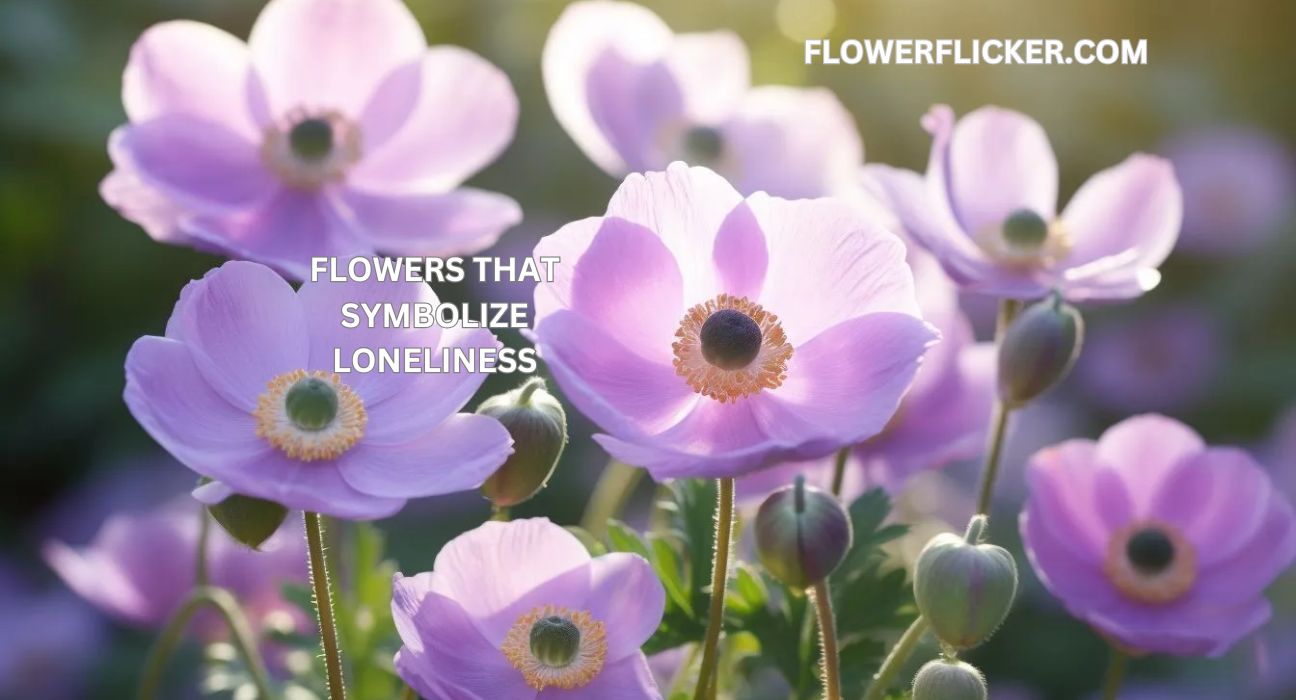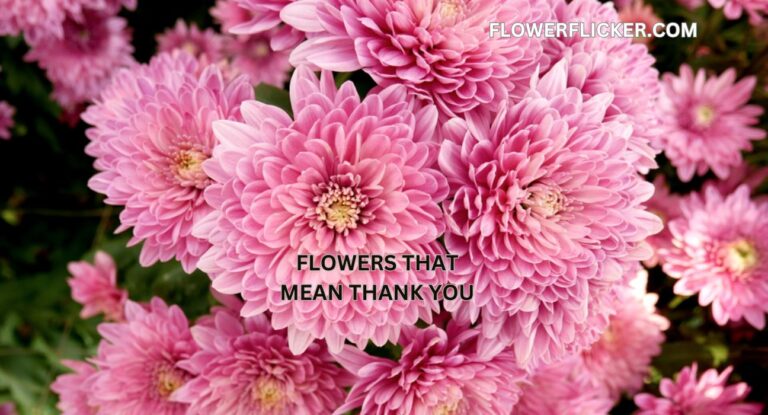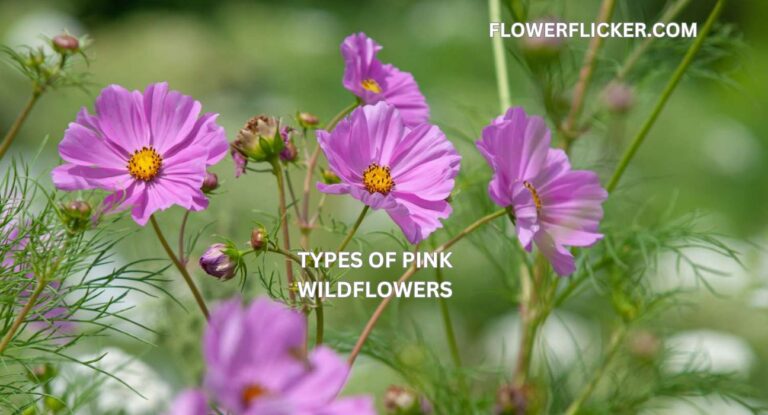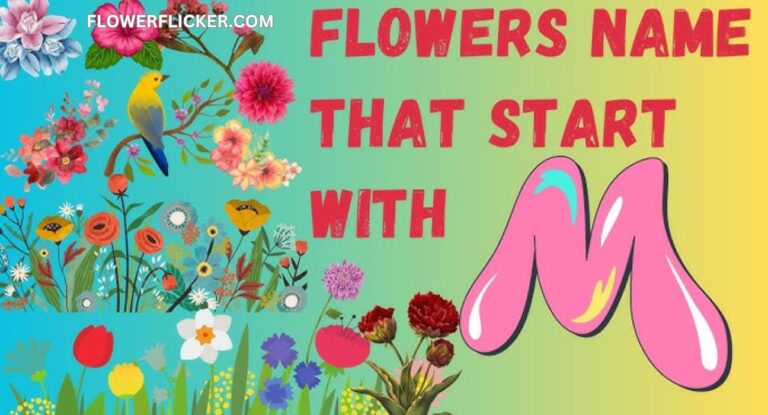Flowers That Symbolize Loneliness: Discover Their Meanings
Flowers have long been used to express complex emotions, from love and joy to sorrow and solitude. Certain flowers carry deep meanings, representing the feeling of loneliness and isolation. In this guide, we explore flowers that symbolize loneliness, their cultural significance, and how they can be used to convey emotions in floral arrangements.
Read More: Flowers That Represent Rebirth
Introduction
Understanding Floral Symbolism and Loneliness
Floral symbolism is a tradition that dates back centuries, with flowers often associated with specific emotions or messages. Loneliness, an emotion that many experience, finds its representation in delicate blooms that mirror feelings of solitude and reflection. These flowers hold meanings that resonate deeply with those seeking solace or expressing sorrow.
The Role of Flowers in Expressing Emotions
Flowers are nature’s way of communicating unspoken feelings. They can convey emotions when words fail, making them powerful symbols in both celebrations and times of sadness. Flowers that symbolize loneliness often carry subtle hues or delicate shapes, reflecting the quiet and introspective nature of this emotion.
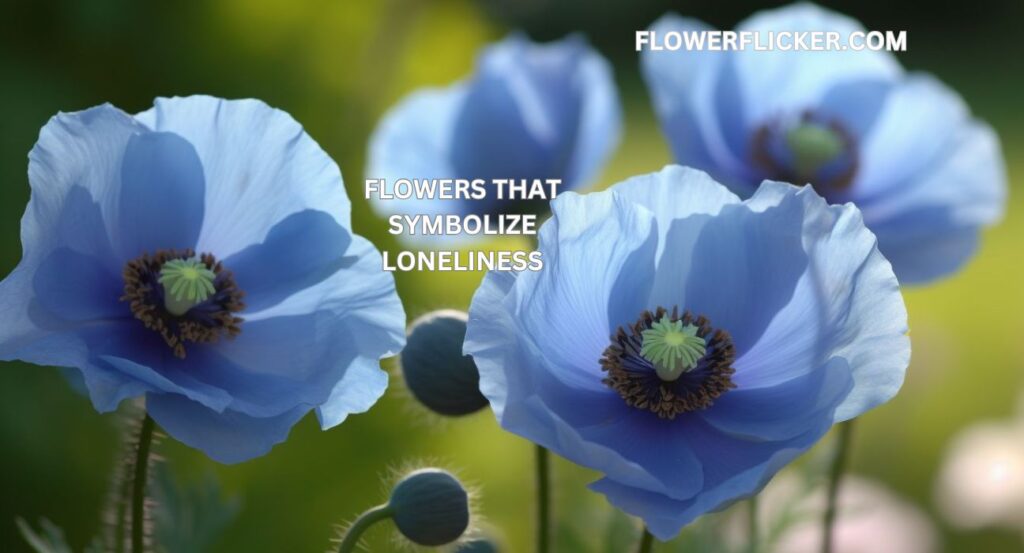
Top Flowers That Symbolize Loneliness
Black Rose: Emblem of Sorrow and Solitude
The black rose is a striking flower that symbolizes deep emotions like sorrow, loss, and loneliness. Its dark hue represents the end of a significant chapter, making it a common choice for those mourning or reflecting on solitude. Though rare in nature, black roses are often dyed to convey this profound symbolism.
Purple Hyacinth: Signifying Regret and Loneliness
Purple hyacinths are associated with regret and the pain of separation. Their soft purple blooms carry a quiet elegance, reflecting emotions of longing and unfulfilled connections. They are often included in bouquets to express heartfelt apologies or acknowledge feelings of isolation.
Yellow Chrysanthemum: Reflecting Neglected Love
The yellow chrysanthemum holds a bittersweet meaning, symbolizing neglected love or unrequited affection. It serves as a reminder of loneliness that stems from unreciprocated emotions. Despite its sad undertone, this flower also signifies honesty and deep care.
Lily of the Valley: Associated with Isolation
Lily of the valley, with its dainty white bells, represents purity and isolation. It is often used to express the bittersweet nature of solitude, combining beauty with a sense of yearning. This flower’s quiet elegance makes it a poignant symbol of loneliness.
Cyclamen: Symbol of Departure and Loneliness
Cyclamen flowers are known for their association with goodbye and departure. Their delicate petals often symbolize letting go, making them a representation of loneliness that accompanies farewells. Cyclamens are frequently used in ceremonies to mark endings and new beginnings.
Cultural Interpretations of Loneliness in Flowers
Eastern Perspectives on Floral Symbols of Solitude
In Eastern traditions, flowers like the lotus often symbolize spiritual solitude and reflection. While not explicitly tied to loneliness, the lotus represents inner peace found in isolation, offering a different perspective on the emotion.
Western Views on Flowers Representing Loneliness
In Western cultures, flowers like the black rose and purple hyacinth have long been linked to sorrow and loneliness. Their use in art, literature, and rituals reflects the deep connection between floral symbolism and human emotions.
Incorporating Loneliness Symbolism in Floral Arrangements
Designing Bouquets to Convey Solitude
Floral arrangements featuring flowers that symbolize loneliness can carry profound emotional messages. Combining black roses with white lilies creates a balanced display of sorrow and hope. Purple hyacinths paired with greenery add a touch of elegance to bouquets that reflect introspection.
Using Color and Composition to Reflect Loneliness
The choice of muted tones like purples, whites, and dark reds can evoke feelings of solitude in floral arrangements. Simple, minimalist compositions with these flowers highlight their symbolism, making the message more poignant and clear.
Read More: Birth Month Flowers Tattoo
Bleeding Heart: A Flower of Longing and Solitude
The bleeding heart, with its heart-shaped blooms, symbolizes unfulfilled love and loneliness. Its unique drooping shape mirrors feelings of longing and sorrow. Often used in gardens to convey a sense of quiet reflection, this flower represents the emotional weight of solitude.
Forget-Me-Not: A Symbol of Remembrance and Separation
Forget-me-nots are delicate blue flowers that symbolize remembrance, often tied to feelings of separation and loneliness. Their message of “don’t forget me” makes them a poignant reminder of connections that may feel distant or lost. These blooms capture the bittersweet nature of love and longing.
White Camellia: Solitude in Purity
The white camellia represents purity and lonely contemplation. Its elegant white petals are often associated with the quiet strength found in moments of solitude. These flowers are perfect for reflecting on personal growth during times of isolation or self-discovery.
Aconitum (Monkshood): A Symbol of Silent Grief
Aconitum, also known as monkshood, carries deep symbolism of silent grief and loneliness. Its dark purple and blue hues evoke a sense of mystery and introspection. While beautiful, it also serves as a reminder of the complexity of emotions tied to solitude and mourning.
Gladiolus: Strength Through Solitude
The gladiolus flower symbolizes strength and moral integrity, often tied to overcoming loneliness. Its tall, striking blooms remind us of resilience during difficult times. Gladiolus flowers inspire courage, showing how solitude can lead to personal growth and renewal.
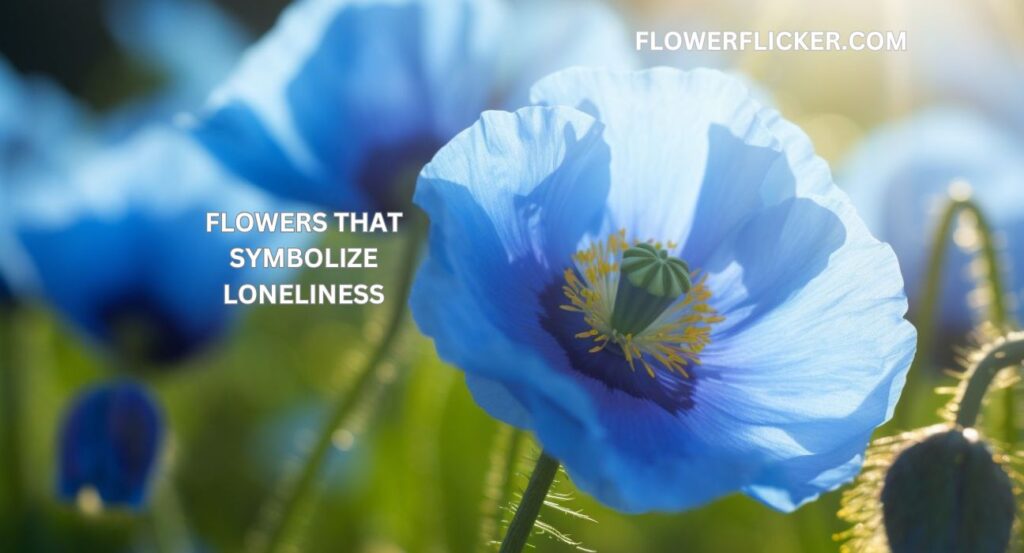
Conclusion
Flowers that symbolize loneliness, such as the black rose and purple hyacinth, allow us to express complex emotions with grace and beauty. These blooms serve as reminders of life’s moments of solitude and the strength found in reflection. By incorporating these flowers into arrangements, we can communicate feelings that words may struggle to convey, honoring the depth of human experience through nature’s language.
Read More: Pink Flowers
Frequently Asked Questions
What flower is most commonly associated with loneliness?
The black rose is most associated with loneliness, symbolizing deep sorrow and emotional solitude.
Why do purple hyacinths represent loneliness?
Purple hyacinths symbolize regret and sorrow, often reflecting feelings of loneliness and emotional separation.
Can yellow chrysanthemums symbolize loneliness?
Yes, yellow chrysanthemums represent neglected love, making them a flower tied to feelings of isolation.
What does the bleeding heart flower signify?
The bleeding heart signifies unfulfilled love and solitude, with its drooping petals mirroring emotional pain.
Which flower reflects spiritual loneliness?
The lotus reflects spiritual loneliness, representing inner solitude and the journey to enlightenment.
Are lilies associated with loneliness?
White lilies often symbolize purity and solitary reflection, making them a subtle representation of loneliness.
Why are forget-me-nots linked to loneliness?
Forget-me-nots carry the message of remembrance, symbolizing loneliness caused by separation or longing.
Do cyclamens symbolize loneliness?
Cyclamens represent goodbye and departure, often tied to the loneliness of farewells or endings.
How does aconitum (monkshood) symbolize loneliness?
Aconitum symbolizes silent grief and solitude, reflecting the depth of emotions tied to isolation.
Can flowers convey loneliness in art or literature?
Yes, artists and writers often use flowers like black roses and lilies to visually or metaphorically represent loneliness and longing.

